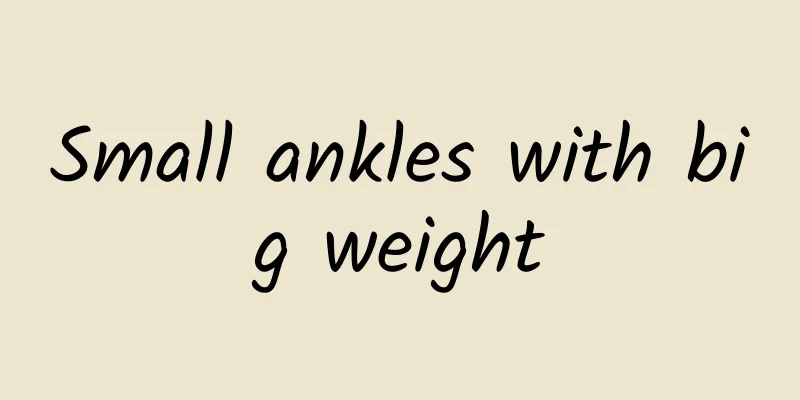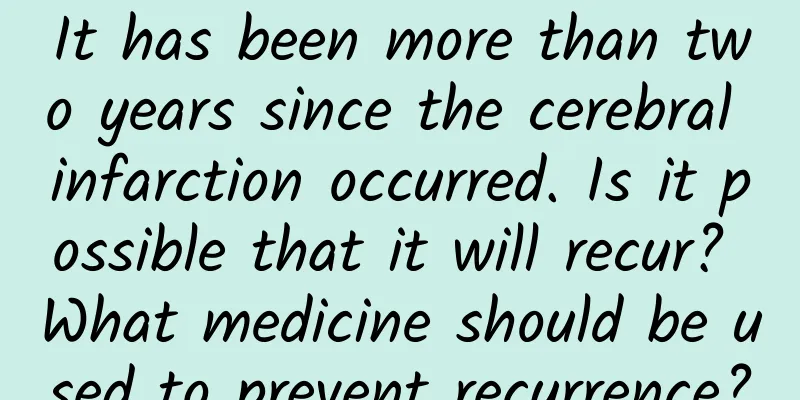Small ankles with big weight

|
Do you know your feet? A journey of a thousand miles begins with a single step. Health begins with the feet. Humans evolved from crawling to walking upright, freeing their hands but working hard on their feet. The dexterity of the hands has received enough attention, but the role of the feet is often overlooked. When humans walk normally, one foot bears all the weight of the body. With each step, the foot bears 3-4 times the weight of its own body at a certain angle of contact with the ground. The arch of the foot plays a vital role in this. It distributes the pressure on the sole of the foot reasonably, makes the foot elastic, relieves shock, and protects the joints above the foot. The arch is an important structure of the human foot. It can absorb the impact of the ground on the foot and lock the midfoot joint, making the foot hard and better promoting human activities. The arch of the foot and its function Arch of the foot: When viewed from the main body, a normal person's foot will have an upward convex shape which we call the arch of the foot. The function of the arch of the foot: 1. When walking on hard, uneven surfaces, the arch of your foot will adapt to the surface. 2. When walking or running, the arch and ligaments of the foot can push the body forward. They can offset the impact of the body on the foot and protect the ankle. Formation and development of the arch of the foot If you think that the arch of the foot is a standard feature of a person when he is born, you are wrong. Just like the curves of the lumbar and cervical vertebrae, the arch of the foot is gradually formed during the development of the human body. So when you observe the soles of a newborn's feet, you will find that it is completely flat and fleshy. The arch of the foot of a two or three-year-old baby begins to have some curvature. The arch of a child's foot is usually formed between 4 and 6 years old. Depending on the different development speeds of each person, the arch of the foot is not fully formed until around 14 years old at the latest. What is flat feet? Overview of flat feet. Flat feet are mainly caused by abnormal shape of foot bones for some reasons, muscle atrophy, ligament contracture or chronic strain resulting in collapse or loss of elasticity of the longitudinal arch of the foot, which causes foot pain. It is also called flatfoot disease. Flat feet caused by ligament relaxation are common in adolescents and have a genetic tendency. Epidemiological statistics: Domestic literature reports that the incidence of flat feet is 3.7%-8%. It is generally believed that the age at which the arch of the foot matures in normal people is 6-10 years old. The incidence of flat feet at the age of 3 is 54%, which drops to 24% at the age of 6. The dangers of flat feet 1. Easy to get tired, unable to walk or exercise for a long time; 2. Lower limb soft tissue pain: plantar fasciitis, Achilles tendinitis, knee pain, etc.; 3. Unsteady walking, habitual sprains, and asymmetrical wear of the soles; 4. Tibial internal rotation: X-shaped legs, pigeon-toed gait; 5. Affect the normal development of lower limbs and spine: low back pain, scoliosis (high and low shoulders); 6. Hallux valgus; Causes of Flat Feet 1. Genetic factors 2. Obesity 3. Congenital foot bone deformity 4. Foot trauma or chronic strain 5. Foot muscle abnormalities Classification of flat feet Flexible flat feet: also known as postural flat feet. It is more common among teenagers. Although the soft tissue is loose, it still maintains a certain degree of elasticity. When the weight is loaded, the arch of the foot collapses. When the gravity is removed, the foot can immediately return to normal. Rigid flat feet: In adolescents, most of them are caused by congenital skeletal abnormalities. If flexible flat feet are not intervened, they will often develop into rigid flat feet as they age. Flat feet assessment Diagnostic methods for abnormal foot posture include radiology, ultrasound, footprint analysis, static foot posture measurement, symptom and sign method, and plantar pressure analysis. 1. X-rays are not suitable for routine clinical screening due to their high cost and radiation exposure; 2. Ultrasonic testing has low risk, but requires high technical skills; 3. Static measurement and footprint analysis take a long time; 4. The symptom and sign method is greatly influenced by subjectivity; 5. The accuracy of the plantar pressure analysis system for foot posture detection has been confirmed. The pressure platform system has higher accuracy, reliability, and can perform three-dimensional foot posture testing. However, the equipment cost is high and it is more suitable for research. Plantar pressure analysis system detection and evaluation parameters 1. Plantar pressure and high pressure points 2. Sagittal plane, back and lower limb biomechanical lines 3. Pressure Center 4. Center of gravity shift 5. Inversion/Eversion Determination 6. Pronation/pronation determination, etc. How to treat A: The structures that maintain the arch of the foot can be roughly divided into three categories: bones, ligaments and muscles. Among them, bones and ligaments are structures that passively maintain the shape of the arch of the foot, and the possibility of changing through exercise is very small, while muscles are structures that actively maintain the arch of the foot. They are highly adaptable tissues in the human body and can be changed to a greater extent through training. With the adaptation of ICB biomechanical insoles, the effect of improvement and correction can be achieved. Correction comparison chart Before correction After correction Exercise therapy 01 Sit or stand on tiptoes The patient sits or stands with legs apart, shoulder width apart. Lift the heels, put the toes on the ground, and tighten the calf muscles. Maintain this position for about 5-10 minutes. The intensity of the exercise should be as tolerated as possible. 02 Toe grab towel Patient sits or stands, puts the towel under the feet, then lifts the towel with the toes, and then puts it down. Repeat 20-30 times. 03 Roller with feet The patient sits or stands, places the roller at the arch of the foot, and rolls the foot back and forth on the roller. If there is a handrail nearby, the patient can also stand up, use the handrail to put the center of gravity on the affected leg, and roll back and forth. 04 Standing hallux valgus The patient stands with both feet turned outward, supporting the body in this position. Stand for 20-30 seconds each time, then return to the original position for a rest, and then repeat the above action. Special tips: 1. Avoid standing for long periods of time, long-distance walking, running, jumping and other strenuous activities. Pay attention to controlling your weight and reducing the weight. 2. It is recommended to soak your feet in hot water frequently. You can add Chinese herbal medicine to the hot water appropriately to promote blood circulation in the feet and relieve soreness and pain. 3. Flat-foot patients should try to wear flat shoes instead of shoes with heels. Flat shoes can exercise the calf and sole muscles and reduce foot fatigue. You can also wear flat-foot correction shoes or use such insoles, which can relieve discomfort to a certain extent. |
>>: “I fell down on the flat ground” What to do if you have sensory integration disorder?
Recommend
What are the cleaning functions of white vinegar and cola? What to add to cola to remove toilet dirt
Coke is not only a carbonated drink that people l...
Woman's right side body aches
Body aches and pains are a common symptom caused ...
What kind of tea is best for women?
As a woman, you must take good care of your body,...
What are the dietary treatments for breast hyperplasia?
Diet therapy is very helpful in improving the dis...
Can seabuckthorn cure gynecological diseases?
Many people have heard that sea buckthorn is very...
How long does it take to recover from hand numbness after childbirth?
The body is very weak after childbirth, and it ne...
Pregnant women's urticaria can be cured in a few days
Many people have experienced urticaria. Some peop...
What is the reason for the slow decrease of hcg?
A decrease in hCG refers to a physical condition ...
What are the safe periods for girls?
Many women often mention the ovulation period and...
Can I have a child if my vaginal discharge is yellow?
We know that in order to conceive a healthy child...
How many stages does a person go through to forget everything? Alzheimer's disease in a "glass bottle"
The above story originated from a patient in Germ...
What are the tips for beginners to grow succulents? Why do so many people like succulents?
Succulents are popular as potted plants all over ...
What is brown discharge during early pregnancy?
Pregnant women form a special group in society. P...
What causes facial swelling in women?
Facial swelling is a very common phenomenon. Many...
Can I get pregnant again after a miscarriage two months ago?
How long will it take to get pregnant again after...







![[Northern Xinjiang Science] How to prevent allergic rhinitis?](/upload/images/67f117a965d0f.webp)

